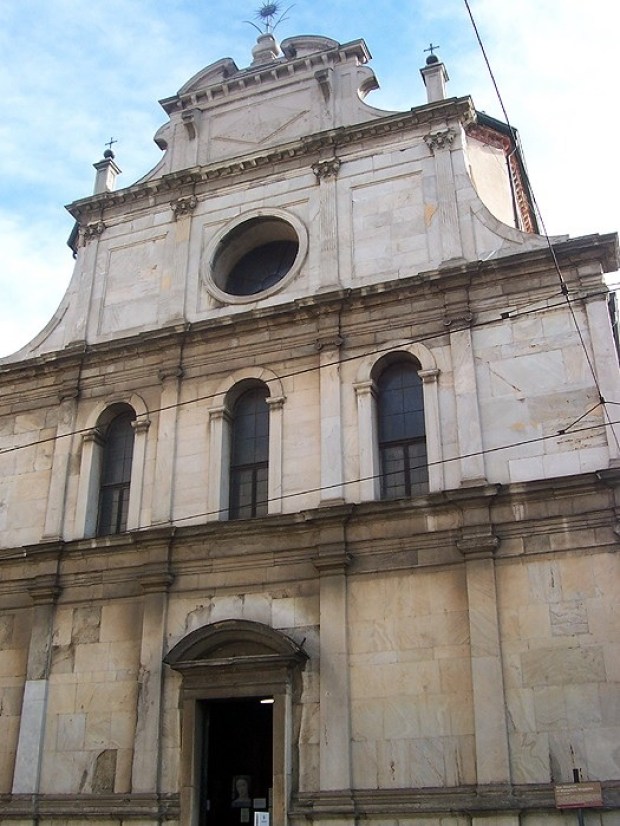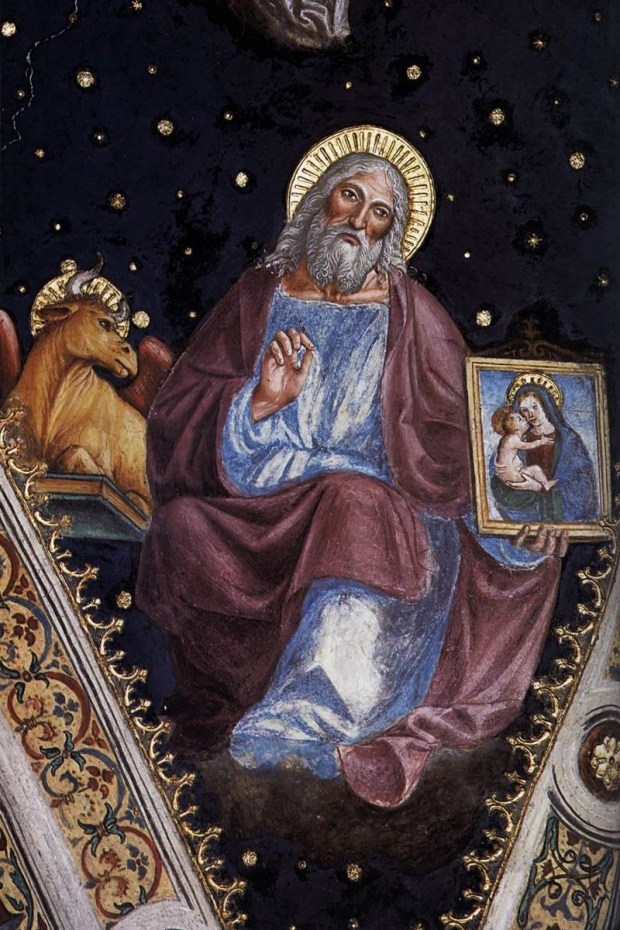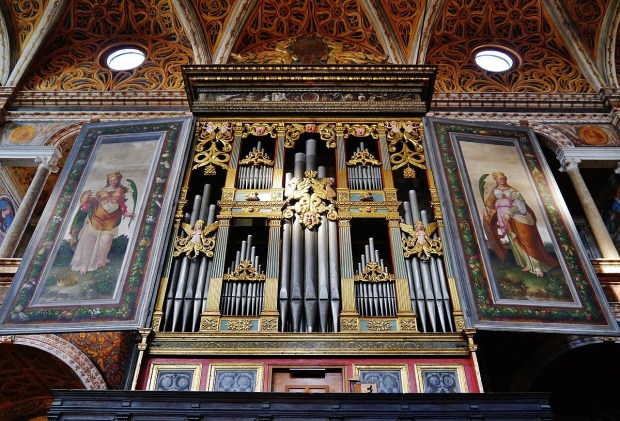Catholic travelers visiting Milan, Italy, usually make sure not to miss the stunning 14th-century Gothic cathedral, the Duomo; the Last Supper, hosted inside the church of Santa Maria delle Grazie; or the ruins of the baptistry where St. Augustine was famously baptized in 387. Many people may not know, however, of a hidden gem lying in plain sight in what is considered by art historians Milan’s most beautiful church.

From the outside, the 16th-century Church of San Maurizio al Monastero Maggiore, found on the premises of a former female Benedictine monastery, may look like yet another pretty but fairly standard Milanese church. This perception changes once you make your way past the entrance. Inside, you will be hit by wonder at the sight of the stunning decorations of this under-the-radar church.

The church is structured in two areas, the chamber of the faithful, where Mass was attended by the public, and the chamber of the nuns, where cloistered nuns would attend liturgy. Both churches are structured around a single vaulted nave. They both contain stunning frescoes, mosaics and gilded decorations, but it is perhaps the room of the nuns that steals the visitor’s heart.

Here, a cycle of frescoes by Renaissance painter Bernardino Luini presents images of St. Catherine, St. Agatha, the Carrying of the Cross, and the Marriage at Cana. On the vault, a stunning fresco whose vibrant colors are similar to those of UNESCO World Heritage Site Scrovegni’s Chapel in Padua, depicts a bright blue starry sky with God, the Evangelists and the angels.

The frescoes in the chamber of faithful depict various subjects of the Catholic iconographic tradition, including the life of St. Maurizio by Bernardino Luini and an Adoration of the Magi by Mannerist painter Antonio Campi.

The chapel of the nuns also hosts a perfectly preserved 16th-century organ crafted by Gian Giacomo Anteganti with decorations from Francesco Medici da Seregno. The organ is still in use today, some 500 years after its creation.

These impressive works of art are located in what is known to locals as “the Sistine Chapel of Milan.” They were commissioned by a couple belonging to Milan’s ruling class, Ippolita Sforza and Alessandro Bentivoglio, whose daughter was a nun at the convent.
Today, the Church of San Maurizio al Monastero Maggiore is mostly used for music concerts and for Mass celebrated according to the Byzantine rite. Milan’s "Sistine Chapel” is open to visitors for free from Wednesday to Sunday between 10:00 a.m. and 5:00 p.m. Last entrance at 5:00 p.m.











